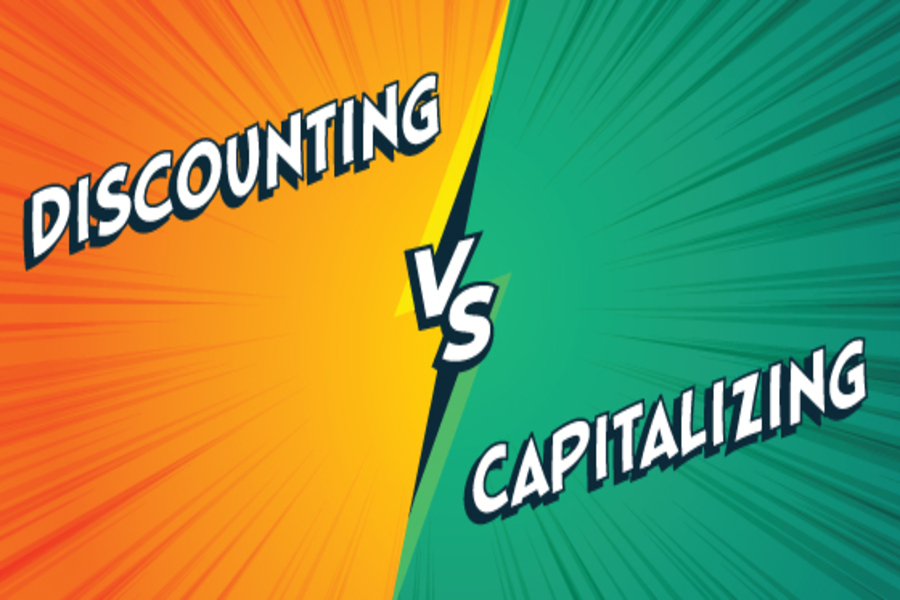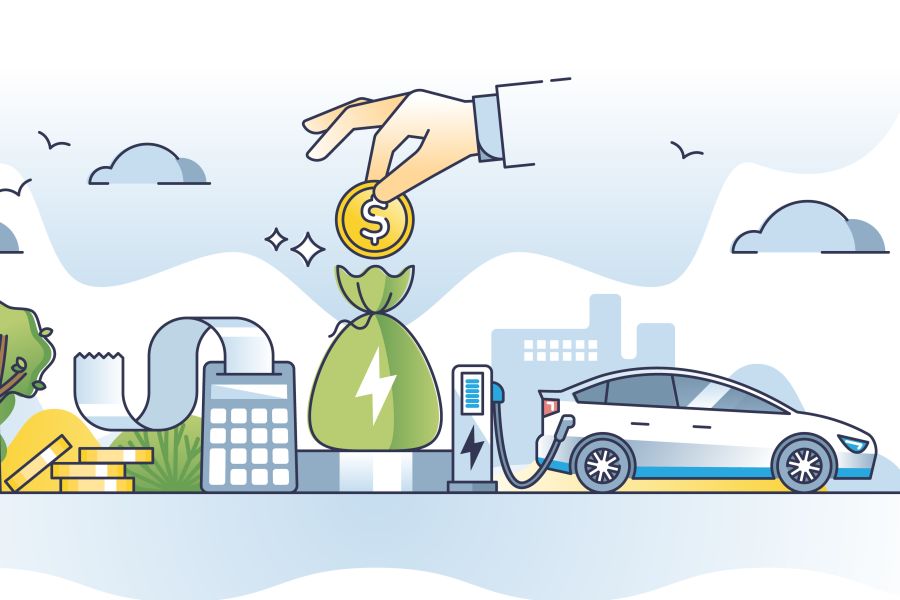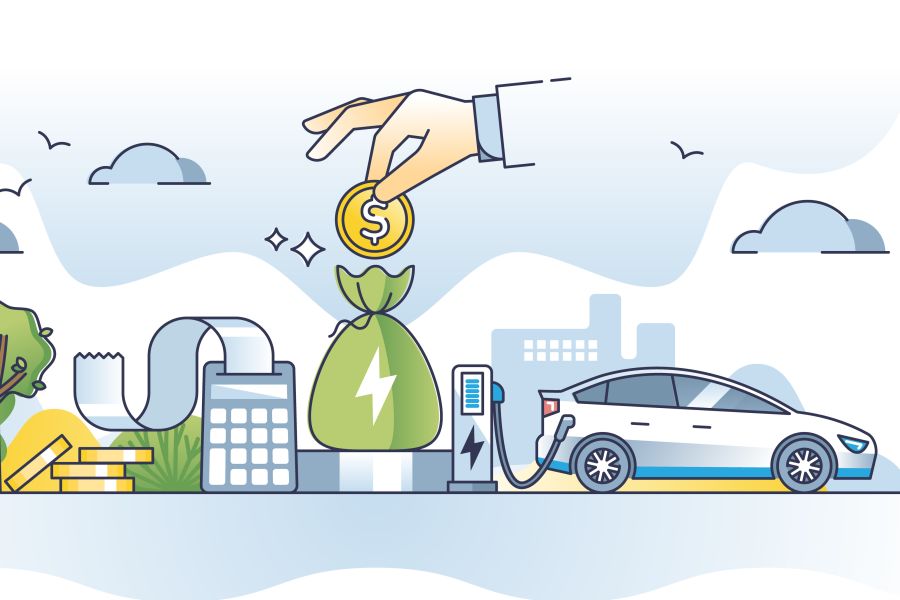If you’re starting a business with some partners and wondering what type of entity to form, an S corporation may be the most suitable form of business for your new venture. Here are some of the reasons why. A big benefit of an S corporation over a partnership is that as S corporation shareholders, you won’t be personally liable for corporate debts. In order to receive this protection, it’s important that: The corporation be adequately financed, The existence of the corporation as a separate entity be maintained, and Various formalities required by your state be observed (for example, filing articles of incorporation, adopting by-laws, electing a board of directors and holding organizational meetings). Dealing with losses If you expect that the business will incur losses in its early years,...

Revenue Ruling 59-60 is a landmark piece of IRS guidance that outlines the factors to consider when estimating the fair market value of a private business. Here’s an overview of those factors, along with other hidden details found in the ruling’s fine print. 8-factor approach Revenue Ruling 59-60 says that business valuation is an inexact science, often resulting in “wide differences of opinion” about the value of a particular business interest. Therefore, valuation professionals use a customized approach that considers the following eight factors: 1. The nature and history of the subject company, 2. The outlook for the general economy and industry, 3. Book value and financial condition (from at least two years of balance sheets), 4. Earnings capacity (from at least five years of income statements), 5. Dividend-paying capacity (as opposed...
As reported in IR-2023-33 on 2/24/2023 Disaster-area taxpayers in most of California now have until October 16, 2023, to file various federal individual and business tax returns and make tax payments, the Internal Revenue Service announced last Friday. Previously, the deadline had been postponed to May 15, 2023 for these areas. The IRS is offering relief to any area designated by the Federal Emergency Management Agency (FEMA) in on the page entitled California Severe Winter Storms, Flooding, Landslides, and Mudslides. There are four different eligible FEMA declarations, and the start dates and other details vary for each of these disasters. The current list of eligible localities and other details for each disaster are always available on the Tax Relief in Disaster Situations page on IRS.gov. The additional relief postpones...
According to various sources, around 10% of all insurance claims involve fraud. Insurance companies generally pass along the cost of these fraud losses to policyholders in the form of higher premiums. Unfortunately, small businesses, which are generally less able to pay premium hikes, are particularly vulnerable to insurance fraud. To protect your company from losses and minimize the likelihood of increased premiums, learn how to identify insurance fraud. Areas of concern There are several forms of insurance fraud that could potentially affect your business: Workers’ compensation. In these schemes, an employee exaggerates or fabricates an injury or illness to receive workers’ compensation benefits. For example, a worker could mischaracterize an injury from a minor accident as serious or claim that an existing, non-work-related condition was the result of...
Two techniques fall under the income approach umbrella when valuing a private business interest: the discounted cash flow (DCF) method and the capitalization of earnings method. How do these two commonly used methods compare — and which one is appropriate for a specific investment? Fundamentals of discounting The DCF method estimates the present value of future expected net cash flows using a discount rate. It entails these basic steps: Compute future cash flows. Potential investors are generally trying to determine what’s in it for them in terms of cash flow and an acceptable return on investment. Historical earnings are often the starting point for estimating expected cash flow over a discrete discounting period of, say, five or seven years. Then, the valuation expert calculates a terminal (or residual)...
On 2/3/2023, the IRS issued Notice 2023-16 guidance that modifies the definitions of certain vehicle classifications for the new, previously owned and qualified commercial clean vehicle tax credits. As a result of this notice, the IRS updated the related frequently asked questions for these credits which can be found on IRS Fact Sheet 2023-4 here: IRS Fact Sheet 2023-04 (This is Blog Post #1340)...
On January 10, 2023, IRS news release IR-2023-03 announced that California storm victims now have until May 15, 2023, to file various federal individual and business tax returns and make tax payments. The IRS is offering relief to any area designated by the Federal Emergency Management Agency (FEMA). This means that individuals and households that reside or have a business in Alameda, Colusa, Contra Costa, El Dorado, Fresno, Glenn, Humboldt, Kings, Lake, Los Angeles, Madera, Marin, Mariposa, Mendocino, Merced, Mono, Monterey, Napa, Orange, Placer, Riverside, Sacramento, San Benito, San Bernardino, San Diego, San Francisco, San Joaquin, San Luis Obispo, San Mateo, Santa Barbara, Santa Clara, Santa Cruz, Solano, Sonoma, Stanislaus, Sutter, Tehama, Tulare, Ventura, Yolo and Yuba counties qualify for tax relief. On January 11, 2023, the...
The Clean Vehicle Credit, brought to you by the Inflation Reduction Act of 2022 (IRA '22), is the successor to the New Qualified Plug-in Electric Drive Motor Vehicle Credit. The credit generally applies to vehicles having at least 4 wheels that are placed in service from 1/1/2023 - 12/31/2032. This post is broken down into the following sections: Credits for New Clean Vehicles Purchased in 2023 or After Credits for New Plug-in EVs Purchased before 2023 Used Clean Vehicle Credit Commercial Clean Vehicle Credit CREDITS FOR NEW CLEAN VEHICLES PURCHASED IN 2023 OR AFTER If you buy a new plug-in electric vehicle (EV) or fuel cell vehicle (FCV) in 2023 or after, you may qualify for a clean vehicle tax credit. Who Qualifies You may qualify for a credit...
If you’re considering converting your C corporation to an S corporation, be aware that there may be tax implications if you’ve been using the last in, first out (LIFO) inventory method. That’s because of the LIFO recapture income that will be triggered by converting to S corporation status. Consider computing in advance what the tax on this recapture would be and to see what planning steps might be taken to minimize it. Inventory reporting As you’re aware, your corporation has been reporting a lower amount of taxable income under LIFO than it would have under the first in, first out (FIFO) method. The reason: The inventory taken into account in calculating the cost of goods sold under LIFO reflects current costs, which are usually higher. This benefit of...
When valuing a business, recent market volatility may well translate into higher discounts for lack of marketability (DLOM) because investors generally will pay less for illiquid, risky investments. However, there’s a silver lining to economic uncertainty: It provides an opportunity for wealthy individuals to gift private business interests at significant discounts, potentially saving a substantial amount in taxes. DLOM basics Marketability is the ability to quickly or readily convert property to cash at minimal cost, according to the International Valuation Glossary — Business Valuation. Also implied is a high degree of certainty that an expected selling price will be realized. The two most popular sources of empirical data valuators use to support DLOMs are restricted stock and pre-initial public offering (IPO) studies. These studies suggest that discounts for...











